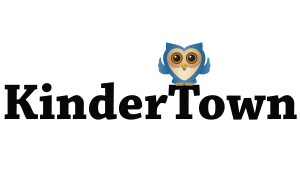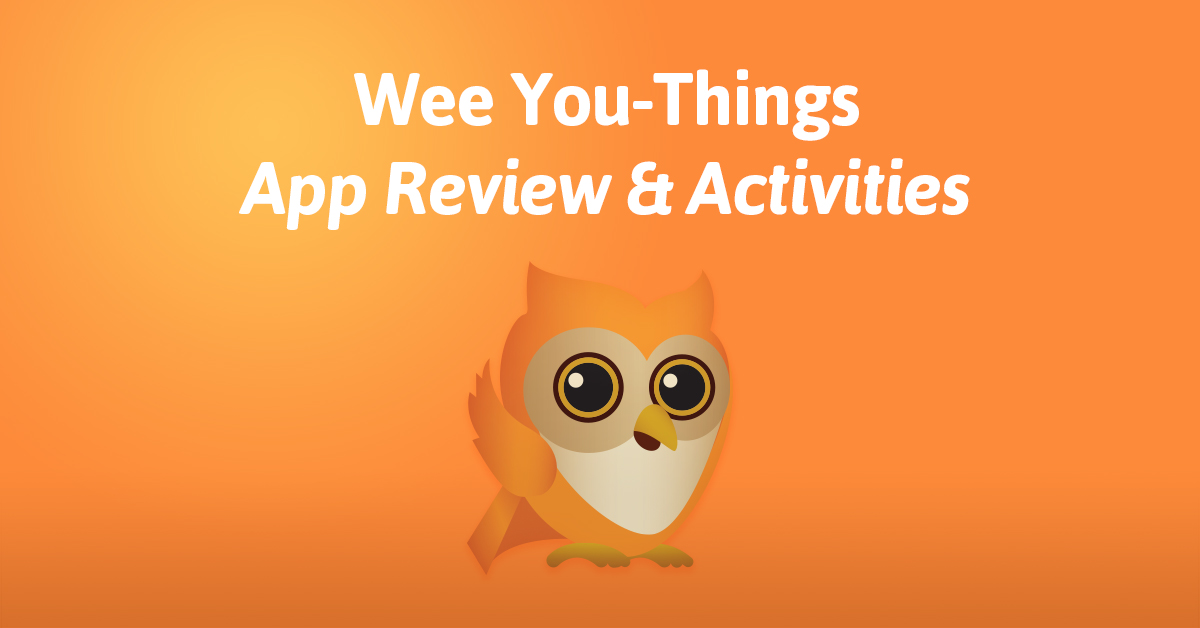Why does Joe have orange hair?
Why does Julia wear glasses and I don’t?
Where is Jackie’s Dad? She has two Moms.
These are the questions kids ask (usually in very public places) and parents get to answer in the most diplomatic and understanding ways. Well, parents you just got a new resource to help you in these discussions! Today’s app, Wee You-Things, is an interactive story that helps kids learn to see and appreciate the differences we all have.

Wee You-Things is a kid-friendly app that introduces over 20 unique (and often silly) characters that all have a special You-Thing. You-Things are the unique things that everyone has. Instead of ignoring these You-Things, this app gives kids a safe place to notice, ask questions and learn to appreciate all these special differences that people have.
Some of our favorite characters and their You-Things are:
Kyle with a ginormous smile, Potter who lives in the water, Clair who has no hair, CJ who only wears her PJs (we all have that You-Thing from time to time), and Pierre who runs with his arms in the air.
As you can tell, this very serious app is also filled with funny, laughable moments. Crafted with beautiful artistry and storytelling, Wee You-Things is sure to be a favorite in your home! We love when kids can’t get enough of stories that tell important messages.
Activity 1: What Do I Look Like?
Helping kids make sense of the similarities and differences between people of the world is a challenging and important task for parents. In the classroom, teachers are also helping kids work through a quickly broadening understanding of the great variety of qualities people have. This activity, which I now pass on to you, is a favorite that a parent once shared with me.
What You’ll Need:
• Paper (Try a variety of shapes, sizes, and materials).
• Art Supplies.
The objective of this activity is to get your kids thinking about how they look and feel. You will need to plan a week or two allowing you to gather a variety of drawings.
Day 1: As your child to draw a picture of his face. You don’t need to give any more directions. He can choose a piece of paper or draw on a paper plate using colors and art supplies. When he is done, collect the drawing to save for a later date.
Day 2: Ask your child to draw another picture of his face. Again leave him to create as he sees fit. Today might be a face in the color green or a face that is half the size as yesterday. When finished, save the drawing.
Day 3 to (however many!): Continue asking your child to draw his face. After he is done, bring out the other drawings from previous days. Take a few minutes to look at the drawings and point out what is the same and different on each picture. Maybe one day he has a big red nose and on another, he had no nose.
Without critiquing the drawing (that isn’t the point) discuss how what we think about ourselves changes. Some days we feel like a big as a mountain and others as small as a mouse. Some days we love our curly hair and other days we want to have no hair at all. By helping your child think through his own feelings about himself, and how they change, you are starting to encourage a sense of our feelings and forming sensitivity to other people’s varied feelings.
Activity 2: A Very Important Question
This activity is short. It is something you can do with your child often. It might take twenty seconds or twenty minutes. It’s really up to you and your child. What’s most important is that you ask the Question and never stop.
The question: How are you feeling?
The strategy: You ask your child and listen to their answer. Then your child asks you. Here is the challenge, you need to answer. You might have to carefully craft an answer or just be completely honest. By talking about your feelings, and encouraging your child to talk about hers, you are modeling and practicing together how to think about and express the feelings everyone has.

